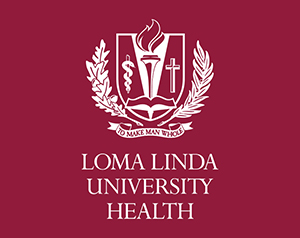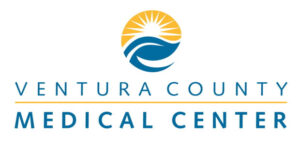Nursing Book Club
Taking Care By Sarah DiGregorio
The Story of Nursing and Its Power to Change Our World

Freelance journalist Sarah DiGregorio is not a nurse, but she has had intimate exposure to nursing through the death of her mother, her own emergency surgery, and the premature birth of her daughter (recounted in her previous book, Early), as well as interactions with public health nurses.
Those experiences convinced her that “the relationship between patient and nurse is the foundation of all health care.” Her research revealed that nurses are the largest group of healthcare professionals providing direct patient care.
This is something we realized long ago, and yet the general public seems to think that it’s doctors who dictate the health of our communities. In her book Taking Care, DiGregorio seeks to challenge that perception and demonstrate why and how “nursing as a profession is, and always has been, uncommonly complicated and uncommonly powerful.”
Ancient History
She begins with the origins of nursing history, paying tribute to the development of the craft as its own profession. As DiGregorio sees it, the history of nursing really starts thousands of years ago with the people in each community who cared for the ill, attended to mothers and newborns, and understood the benefits of medicinal herbs. She notes that while history is a series of wars, armies cannot fight without people to support the wounded. Thus, there have always been nurses: people with a body of special healing knowledge.












